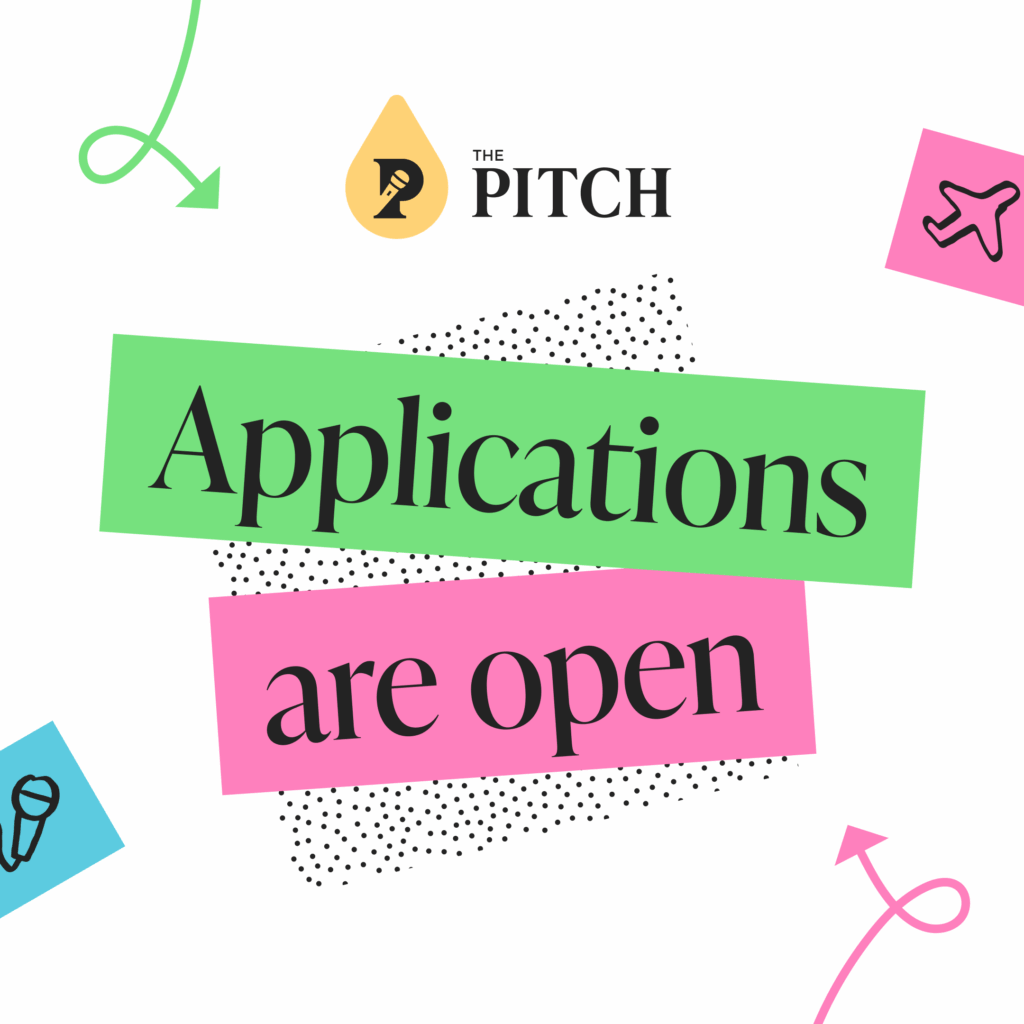Developing an app for your startup can be a complicated and time-consuming process. But (here’s the good news) it’s completely achievable if you go about things in a considered way.
Minimising risk is always a priority in business, but as a startup – where money, resources and time are often tight – it’s critical. That’s why it’s key to map out a plan when creating a new app, and adopt a lean thinking approach.
Gathering data and feedback every step of the way will inform how you move forward and prevent you from leaning on assumptions. This means less wasted time and money, and a more focused, investment-ready end product.
Here’s how to go about developing your idea into a real-life app – on a budget and with a reasonable timeline.
Research the market
Before you get stuck into the nitty-gritty of things like functionality, brand and aesthetics, check in with the market – both in terms of users and competition.
It helps if you begin this process with a clear idea of the core purpose of your app and the problem it will solve for your customers. Of course, this might change or evolve as a result of your research, but it gives you a solid foundation to start from.
Look to learn what kind of people would be interested in your app (this group will become your target audience), what their expectations and needs are, and how much they are potentially willing to spend.
Rob McEwan, Project Acquisition Manager at app development agency AVAMAE, explains that this process of researching your target audience is a crucial part of market validation.
“You need to find out, initially, if there is an actual need and a market out there for your proposed app,” he said.
“Just because you have a personal problem you’re trying to solve, it doesn’t mean others have that same problem or the need to solve it through an app.”
Interview and survey would-be customers to find out more about their pain points so you can ensure your app is going to meet their needs.
Also spend time thinking about your competition. Download apps that have similar ideas to yours and get to know them, read their reviews on app stores and try to gauge their strengths and weaknesses.
This is a crowded market – there are three million apps on Google Play alone – so work out what will set your idea apart. The data you collect when carrying out thorough research will form the backbone of your pitch if you decide to look for funding.
Create your brand
With all that data in your back pocket, you have what you need to start creating your brand. Think about everything from your name to your logo, colour pallette to copy. Make sure it’s cohesive and fits with the purpose and values of your business.
It’s important that your app also reflects the interests and needs of your target audience. Creating a distinctive brand that resonates with the right people will help attract new customers as well as keep them loyal and engaged.
Once you have your brand, it’s time to launch a website. There’s no need to invest in a fancy site at this stage, though. A branded landing page offering an explanation of your app and allowing people to register for news and updates is all you need.
This will act as your shop front while you’re developing your idea – you’ll want a place to send people who are interested in your app.
Develop and test a prototype
Now is the time to begin bringing your app to life.
Starting with its primary purpose, which you nailed down earlier on. Taking into consideration the data you collected, make a list of all the functions your app will need. Order them in terms of priority; it’s likely you will start with a basic version which you can add functionality to later down the line.
Then start to think about how your app will look and what the user experience will be like. Start to map out the user journey and plan the visuals by creating wireframes, and then turn these into a prototype.
There are loads of tools out there for creating interactive mockups and prototypes for mobile apps, so look for one that suits your budget and digital capabilities.
“You need to provide users with enough value that they’ll start using the app while balancing the amount of features and functionality so as not to overcomplicate your offering and confuse your users,” explains Rob. “Thinking lean here is key.”
Once you have your prototype, start testing it. Walk through it yourself, considering all the different motivations, expectations, experiences and knowledge that your users will be coming to your app with.
Share it with family, friends and peers, and run it by members of your target audience (by utilising online testing platforms) to get as much feedback as possible, advises Rob.
“You’ll gain valuable insight and learnings from users within your chosen target demographic. This is all about understanding how your app can better serve your target audience and deliver a product that users can derive value from, stay engaged, become loyal and promote your app organically,” he said.
Then, crucially, use the insight you’ve gained to go back and refine your app in its next iteration.
Think about funding
Launching a business on a budget and launching a business for free are two very different concepts – one is possible and the other, unfortunately, is less so. Even with a commitment to lean thinking, you’ll need some cash reserves to pay for fees, services and potentially freelancers.
If you have a pot of money set aside for this, then happy days: you might be able to skip this step. Otherwise, there are a few avenues you can explore to raise the necessary funds, including:
- Friends and family – you might already know people who are keen to invest in your business for a stake in its success
- Crowdfunding – whether you offer equity or other rewards in return for people’s cash, this type of fundraising can be really effective
- Angel investors – seek out high-net-worth individuals with experience in software and apps to see if they are interested in buying a stake in your business
Launch (and market) your MVP
A minimum viable product (MVP) is something that is good enough to take to market, but basic enough that you’ve not had to invest hefty amounts of time or cash into its development.
The point of an MVP is not only to get you trading, but also to act as a valuable tool for testing your idea. Get it right, and you’ll know for sure whether your business is viable and start to build a picture of how you can develop your app to improve it.
While keeping your app simple is a must, it’s crucial to make sure it still performs the desired tasks well, is user friendly and free of bugs. After all, you don’t want to give your brand a poor reputation right off the bat. Keep referring back to your core purpose when building your MVP to check how they align.
The virtual shelves of app stores are bursting at the seams with different kinds of mobile software, meaning yours may get lost in the crowd. So, once your MVP is out there, it’s important to dedicate some time, effort and budget to marketing.
Look to the future of your app
Of course, the work doesn’t stop there. Once you’re getting downloads, it’s time to focus on the direction you want to take your app and how you can improve it.
Set metrics to track who uses your app, how often and whether they’re sticking around. These metrics should include:
- Customer acquisition cost (CAC): How much money your startup spends to acquire a new customer
- Average session length: How long users are spending in your app
- Churn rate: The rate that customers stop using your app, over a particular period of time
- Active user base: The number of unique users who engage with your app over a period of time (this is often judged on a daily or monthly basis)
- Total user base: Your total number of users (whether active or not)





